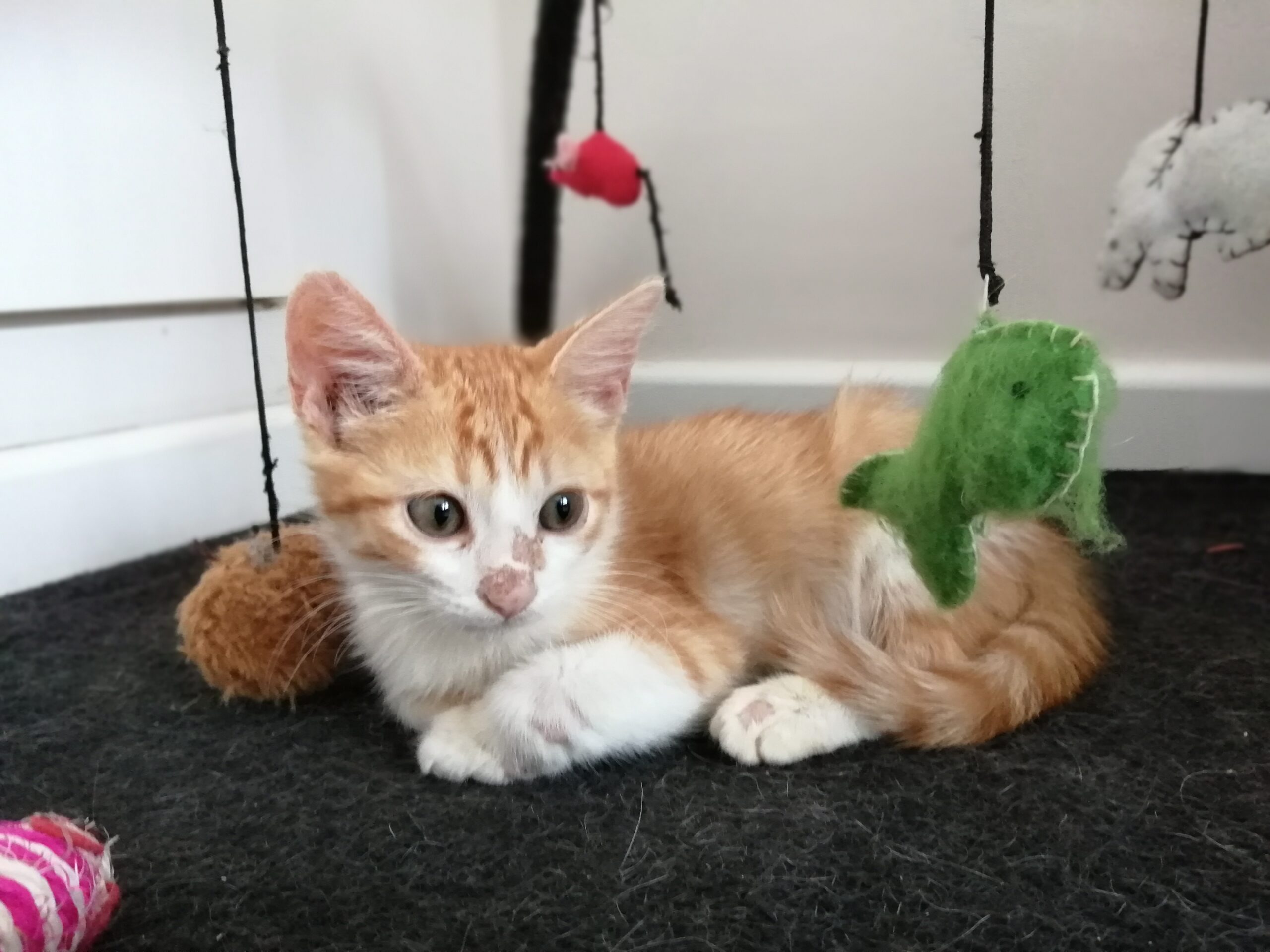The data from the latest study by the Affinity Foundation in our country showed a harsh picture in relation to the abandonment of animals by our citizens. We continue to be one of the leading countries in this regard.
According to this survey, the Behavioral problems in dogs and cats have been the third cause of abandonment animal in Spain last year.
With my knowledge and experience in this sector, I suspect that they are not the third, but the first cause of abandonment. The reality is that most people feel guilty about giving their pet up for adoption, so they need to justify and justify this action to themselves and look for other types of motivations that are more acceptable to their conscience. Few people are able to openly admit that they abandon their animal because it does not behave as they expected or because they do not have the resources and time necessary to educate or help their dog or cat.
From the institutions, we can work in several highly effective lines to quite effectively reduce dropouts related to behavioral problems. I will present here only some of them:
- First of all, it is necessary to ensure that the animals that are given up for adoption are as balanced as possible. The stay in animal protection centres is often quite traumatic for the animals, but many actions can be taken to reduce this negative impact on individuals, such as training programmes. stress reduction and of environmental enrichment.
- It is very important work with the volunteer corps, with the workers, and with the action protocols of the Animal Protection CentersIf people are adequately trained, they can greatly minimize the discomfort of the animals. This happens both when rescuing them and in handling them, in the day-to-day running of the centers. Training in canine and feline language would be very important, as well as basic notions of animal training.
- It is also very important to create specialized programs of applied ethology to cover the behavioural needs of animals. The fact that they are confined means that sensitive periods of their development, for example, the imprinting period in puppies, do not develop with the necessary stimulation and socialisation… if this is so, absolutely all puppies will have behavioural problems when they are adults.
- The previous point is closely related to the pairing of animals with future adopters. Many times the overload of the facilities and the lack of means make that at the time of process adoptions Not all the measures that guarantee the success of the adoption are followed. I give the example of separating puppies from their mother and siblings before their time. I often see that by rushing an adoption, the same animal will return to the centre in a few months because it is unable to adapt to its new life, or because it has problems with fear and reactivity.
- In parallel to all this, we must work with the majority of the population, especially with animal guardians. Not only is it vitally important to raise awareness about responsible ownership, but also to training in education, both canine and felineIt would also be very useful to have a support service for new adopters, with ongoing support and advice over time after adoption.
Before finishing, I would like to bring up the not-so-new Animal Welfare Act, which urges local councils to promote all these initiatives. Based on it, I cannot fail to highlight the importance of having specialized professionals to carry out these initiatives. Have an ethologist Helping to implement these measures will be an essential investment that will make a difference in ensuring that these proposals are successfully developed.




